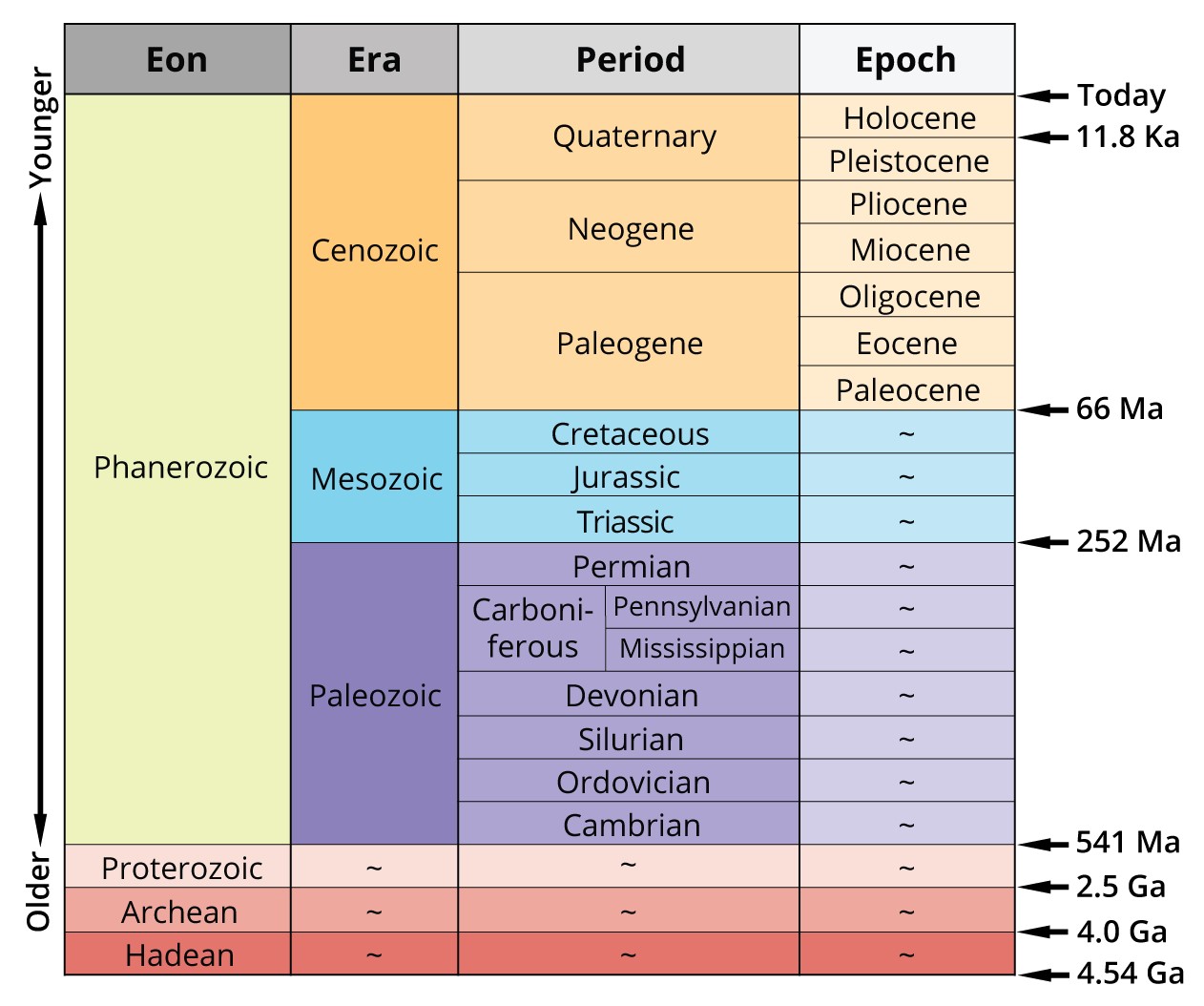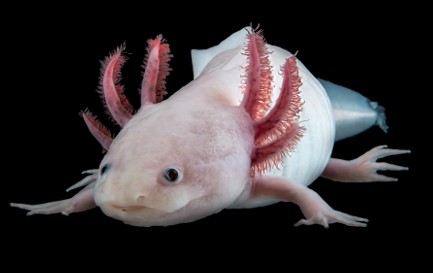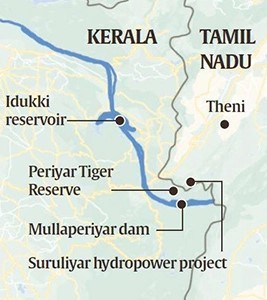Indian Ocean Tuna Commission (IOTC)
The Department of Fisheries, Ministry of Fisheries, Animal Husbandry & Dairying, GoI is organizing the 19th Working Party on Data Collection and Statistics (WPDCS19) of the Indian Ocean Tuna Commission (IOTC)
- About - IOTC is an intergovernmental organization that manages tuna and tuna-like species in the Indian Ocean and adjacent seas.
- Establishment - The Agreement for the establishment of the IOTC was adopted in 1993 and entered into force in 1996.
- It was created within the framework of the UN Food and Agricultural Organization’s (FAO) Constitution.
- Headquarters - Victoria, Seychelles.
- Objective - Appropriate management, conservation and optimum utilisation of stocks and encouraging sustainable development of fisheries based on such stocks.
- Members - 30 member countries including India
- Membership is open to Indian Ocean coastal countries and Countries that are members of the UN and UN special organisations and those who fish for tuna in the Indian Ocean
- Functions – The Commission has 4 key functions and responsibilities drawn from the United Nations Convention on the Law of the Sea (UNCLOS).
- Reviewing the conditions and trends of the stocks of Tuna and tuna-like fish.
- Encouraging, recommending, and coordinating research and development activities.
- Adopting conservation and management measures to ensure conservation of the stocks.
- Reviewing the economic and social aspects of fisheries, bearing in mind the interests of developing coastal states.
The Indian Ocean is the second largest tuna fishery in the world.
Tuna fish (Thunnus and Katsuwonus species)
- Tuna is a nomadic species found throughout the world's oceans.
- It belongs to a subgroup of the mackerel family.
- It is high in protein, healthy fats, and omega-3 fatty acids. It is also known as Kera fish or Choora in India.
- Species - Northern Bluefin Tuna Albacore, Yellowfin Tuna, Southern Bluefin Tuna, Bigeye Tuna, Blackfin Tuna, and Longtail Tuna.
Bluefin tuna is the largest and most prized species and categorized recently as Endangered by IUCN due to overfishing.
References
- PIB | Indian Ocean Tuna Commission
- IOTC | Functions of IOTC
- WWF | Tunas
- Britannica | Tunas
Farlowichnus rapidus
Brazil's geological service scientists identify new dinosaur species from footprints in Brazil recently.
- It is a new dinosaur species that has been identified in Brazil based on footprints found in the city of Araraquara.
- The name Farlowichnus rapidus denotes “Fast Farlow’s track.”
- It was a small carnivorous animal about the size of a modern-day seriema bird, or about 60-90 cm (2-3 feet) tall.
- It was a very fast animal that lived in the desert during the early Cretaceous period (100 to 145 million years ago).
Cretaceous period
- It was a geological period that lasted from about 145 to 66 million years ago.
- It was the last and longest period of the Mesozoic Era.
- It is named after the chalk formations that cover much of northwestern Europe.
- The Cretaceous Period came after the Jurassic Period and before the Paleogene Period.
- The Cretaceous Period began with Earth’s land assembled essentially into 2 continents - Laurasia in the north and Gondwana in the south.
- During this period, the first flowering plants appeared and the Rocky Mountains began to rise from the Cretaceous Interior Seaway.

References
- The Hindu | Scientists identify new dinosaur species
- Kashmir Life | New Dinosaur Species Found in Brazil
- NDTV | Scientists Discover A New Dinosaur Species in Brazil
- Britannica | Cretaceous Period
Axolotl (Ambystoma mexicanum)
Ecologists from Mexico’s National Autonomous University recently relaunched a fundraising campaign to bolster conservation efforts for axolotls.
- Axolotls are paedomorphic or neotenic aquatic salamanders.
- Neoteny is a process in which there is a slowing down of the development of an organism.
- The ability to retain juvenile or larval traits by an adult is called pedomorphosis.
- They are amphibians (can live both in water and on land) with feathery gills and lungs.
- It is also called as Water Monster.
- Habitat - Only found in Lake Xochimilco, near Mexico City.
Lake Xochimilco is a UNESCO World Heritage site.
- Characteristics - Axolotls are made of cartilage instead of bone.
- It is renowned for its ability to regenerate its spinal cord, heart and limbs and also readily make new neurons throughout their lives.
- They are over 1,000 times more resistant to cancer than mammals.
- Reason for its larval form - In axolotls, there is a surge in thyroxine release when the animal is in its early larval stage.
- However, the enzyme that makes it active is not present in the larvae, which blocks the metamorphosis (the process by which the young form of insects, frogs, etc., develops into the adult form).
- Conservation Status – IUCN – Critically Endangered
- Threats - Encroaching water pollution, a deadly amphibian fungus and non-native rainbow trout.

References
- The Guardian | Axolotl
- WWF | Axolotl
- Sandiegozoo | Axolotl
IUCN Red List & Green Status
Scientists and conservationists across the world have expressed concerns recently that the IUCN Red List of Threatened Species is outdated and unreliable.
IUCN
- About - International Union for Conservation of Nature (IUCN) is a membership organization that works to protect nature and natural resources.
- Established in - 1948 in Fontainebleau, France.
- It was originally called the International Union for the Protection of Nature and later known as the World Conservation Union.
- Functions - It provides public, private, and non-governmental organizations with the knowledge and tools to achieve sustainable development.
IUCN’s Red Data List
- About - The IUCN Red List of Threatened Species, also known as the Red Data Book, is a list of the global conservation status and extinction risk of biological species.
- Founded in - 1964
- It is the world’s largest and most diverse environmental network, backed by 1,300 member organisations and 16,000 experts.
- It describes itself as the global authority on the status of the natural world and the measures needed to safeguard it.
- Functions - It provides information about range, population size, habitat and ecology, use and/or trade, threats, and conservation actions that will help inform necessary conservation decisions.
- IUCN Red List Categories

Green Status of Species (GSS)
- GSS is a global standard created by the IUCN to measure how well a species is functioning in its ecological system and how much it has recovered due to conservation efforts.
- The GSS classifies species into 9 Species Recovery Categories which indicate the extent to which species are depleted or recovered compared to their historical population levels.
- The GSS became an optional part of Red List assessments in 2020.
References
- Down To earth | IUCN Red List outdated
- IUCN Red List | About
- IUCN | Green Status of Species
Mullaiperiyar Dam
The Supreme Court recently directed the Survey of India (SoI) to examine whether a mega car park constructed by Kerala at Mullaiperiyar Dam is encroaching property covered under the Periyar Lake Lease Agreement.
- About - It is a masonry gravity dam in Idukki district of Kerala, where the Periyar and Mullayar rivers meet.
- Construction - The dam was constructed during 1887-1895 across Periyar River in the then Travancore state (now Kerala).
- Agreement - Although the dam is located in Kerala, it is operated by Tamil Nadu following an 1886 lease indenture for 999 years.
- The lease indenture was signed between the Maharaja of Travancore and the Secretary of State for India.
- The Periyar Dam with full reservoir level of 152 ft. provides for diversion of water from the reservoir through a tunnel to Vaigai basin in Tamil Nadu for irrigation benefits.
- Rule Curve - According to Tamil Nadu Water Resources Organisation, Mullaperiyar is the 1st reservoir to have Rule Curve implemented in India.
Rule Curve is a tabulation that specifies quantum of storage of water or empty space to be maintained in a reservoir during different times of a year, based on the rainfall data for 35 years.
- The dam is located in the Seismic Zone III area (moderate damage risk zone)
- Issue – There lies a bone of contention between Tamil Nadu and Kerala regarding the safety of the dam, release of water etc.

Related links – Mullai Periyar issue
References
- The New Indian Express | Mullaiperiyar
- The Hindu | Report on Mullaperiyar dam



